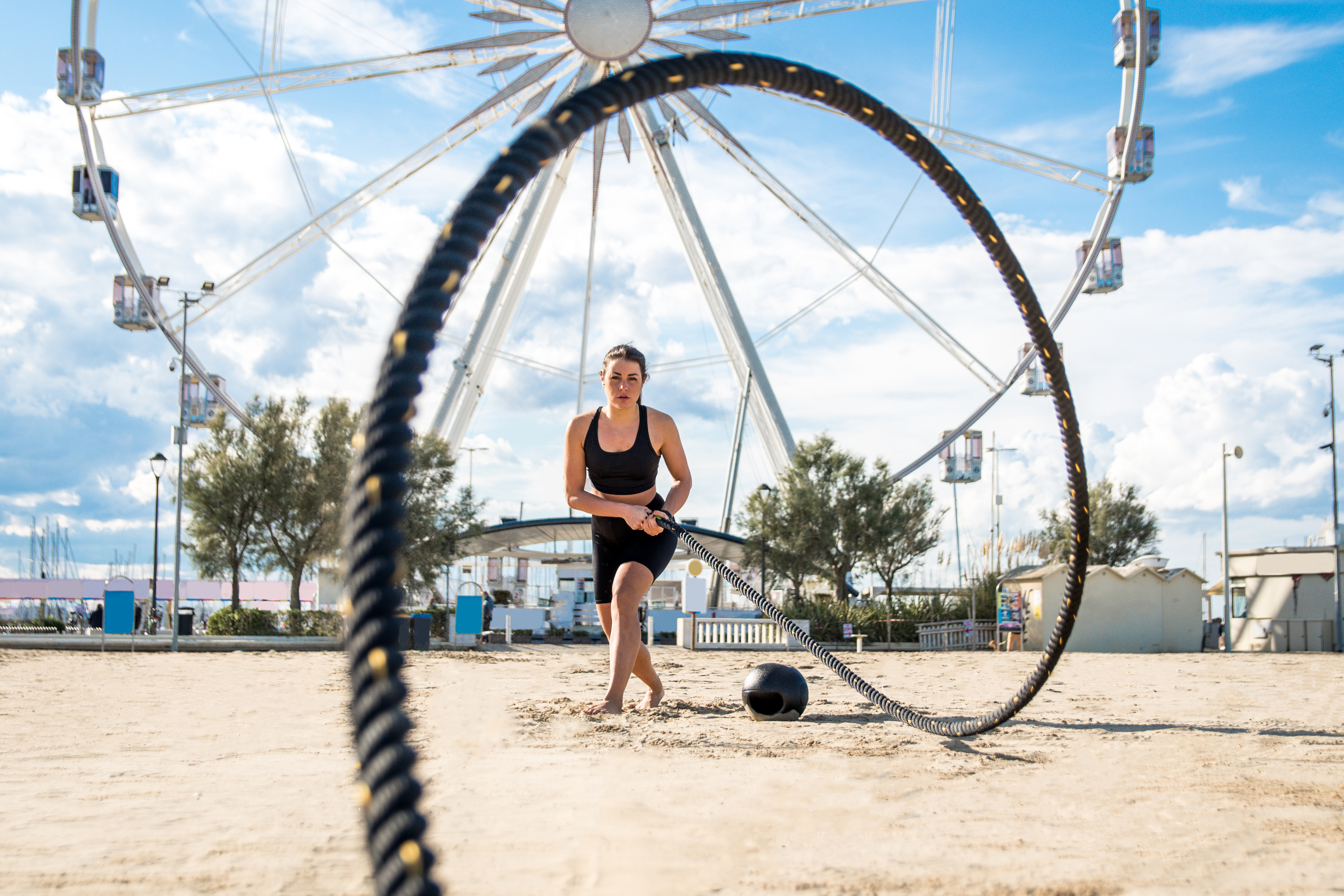Science-Backed Moves to Combat Age-Related Muscle Loss
5. The Benefits of High-Intensity Interval Training (HIIT)

High-Intensity Interval Training (HIIT) is a time-efficient exercise strategy that can significantly impact muscle health. HIIT involves short bursts of intense activity followed by brief recovery periods, promoting cardiovascular fitness and muscle endurance. Studies indicate that HIIT can improve muscle oxidative capacity, enhance insulin sensitivity, and increase muscle mass in older adults. This form of exercise can be adapted to various fitness levels, making it accessible to a wide range of individuals. Activities such as cycling, walking, or swimming can be performed in intervals, allowing for customization based on personal preferences and abilities. HIIT sessions are typically shorter than traditional workouts, making them appealing for those with time constraints. Safety and proper technique are crucial to prevent injury, especially for beginners. By incorporating HIIT into a regular exercise routine, individuals can boost muscle health, improve cardiovascular fitness, and combat age-related muscle loss effectively.
6. Adequate Sleep: A Pillar of Muscle Recovery

Adequate sleep is essential for muscle recovery and overall health, playing a crucial role in combating age-related muscle loss. During sleep, the body undergoes various restorative processes, including muscle repair and growth. Growth hormone, which promotes muscle protein synthesis, is released during deep sleep stages. Chronic sleep deprivation can impair these processes, leading to decreased muscle mass and strength. Older adults often experience changes in sleep patterns, making it essential to prioritize quality sleep. Establishing a regular sleep schedule, creating a comfortable sleep environment, and practicing relaxation techniques can enhance sleep quality. Avoiding stimulants, such as caffeine and electronics before bedtime, can also promote better sleep. By ensuring adequate rest, individuals can support muscle recovery, enhance physical performance, and reduce the risk of sarcopenia, ultimately improving their quality of life.
